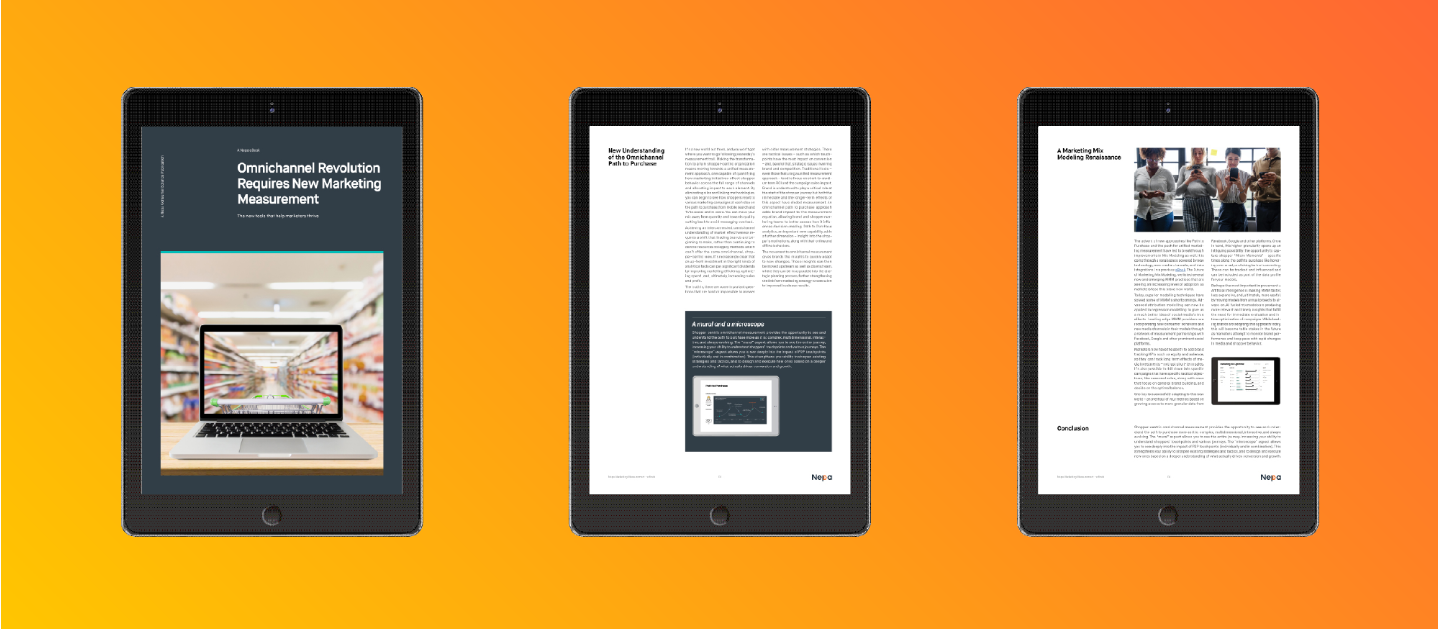Understanding the Omnichannel Path to Purchase is no longer a nice to have, but a must have if you’re to truly succeed in aligning strategy with the drivers of growth such as:
- Where and how to increase penetration, where and how to drive impulse purchases?
- Where and how to increase trade up spend?
- Where and how to optimise digital strategy/the role of eCommerce?
The great news is that you will undoubtedly have existing insights and data that look at individual parts of the journey! But how do they all connect and where are the insight gaps?
Our approach creates an end-to-end holistic view of shopper journeys based on their behaviours & attitudes in relation to specific needs & occasions. We understand all aspects from what they are influenced by, how they might research or search, to where, how and why they eventually make a purchase decision.
In short, we create single ‘paths’ of data, connecting the dots from existing insights you may already have.
Connecting the dots
We blend passive data and stated data in a bespoke study to understand exactly what shoppers are doing, thinking & buying, over a whole purchase cycle, depending on their needs for specific occasions or moments.
We look at every piece of data that matters. For example, we can see in app journeys on Amazon and ad exposures on YouTube, Instagram, Facebook and Twitter.
So what?
The collation and outputs of our modelling + advisory approach provides the who, what, when, where, why insights for Brand, Channel and Customer teams. We identify the key touchpoints which drive conversion, who uses them, when in the journey they use them and why they are being used; enabling you and your teams to focus investment where it really counts.
Each study is fully tailored to your specific objectives and business challenges. It is also enables a competitive edge as the approach analyses the buying behaviours and motivations of shoppers in the entire category, and therefore the role your brand plays within this context.
Building on what you already know
Our approach builds on consumer and shopper insight frameworks you already have (occasions, need states, missions etc.) to make sure that all the outputs can readily be translated into the current language of the business. In partnership with you, we create action plans to drive category & brand growth by providing a ‘Playbook’ for where to play and how to win in an Omnichannel world.
This provides not only a strategic roadmap for the next 2-3 years, but also a clear framework for how and where to optimise specific implementations and plans such as price, POSM, campaigns, promotions, JBPs, new product innovations.
We create globally scalable and actionable insights for all teams that are key to delivering Omnichannel growth – Sales, Brand, eCommerce, Shopper Marketing, Media teams.
We are experts in delivering Path to Purchase studies in all markets and regions, globally.
Want to know more about path to purchase? Contact our P2P-experts and we’ll tell you all about it!



